Product Life Cycle Strategies: Key to Maximizing Product Efficiency
-
 By Sushmith
By Sushmith - Published on Feb 18 2025

Understanding the Product Life Cycle
The key to a product's success lies in adeptly integrating strategies throughout its product life cycle. Each of the 6 product life cycle stages entails distinct sets of strategies. In this business domain, innovation and consumer demands intricately mold the market, impacting the product life cycle and marketing mix.
Before moving further into the blog, it is important to understand the fundamental concept, each stage's distinctions, and strategic approaches that can help businesses navigate challenges. This helps businesses uncover new opportunities for growth and sustainability. A product life cycle encompasses several stages, each with unique characteristics and challenges. These stages are:

Understanding and effectively managing the product life cycle stages and strategies is the key to agile product management. The product life cycle, a journey that every product must go through, consists of six distinct stages demanding unique strategies for optimal outcomes. Learn more about the Product Life Cycle Model for better insights.

Table of Contents
- Product Life Cycle Strategies: Introduction Stage
- Product Life Cycle Strategies: Growth Stage
- Product Life Cycle Strategies: Maturity Stage
- Product Life Cycle Strategies: Saturation Stage
- Product Life Cycle Strategies: Decline Stage
- Product Life Cycle Strategies: Revival Stage
- 3 Product Life Cycle Extension Strategies
- Selecting the Right Strategy
- Conclusion
- FAQs
Product Life Cycle Strategies: Introduction Stage
The introduction stage marks a product's grand debut, establishing its presence in the market. Key growth stage of product life cycle marketing strategies include:
1) Initial Awareness and Buzz: Imagine your product as a hidden treasure waiting to be discovered. A successful introduction hinges on generating curiosity and excitement. Strategic marketing campaigns play a central role here. For a deeper understanding, explore the Introduction Stage of Product Life Cycle.
Craft compelling campaigns to ignite curiosity and buzz. Leverage social media, influencers, and teasers to foster anticipation. Utilize glimpses, behind-the-scenes insights, and teasers to build anticipation. By launch, your potential customers should eagerly anticipate your offering.
2) Product Differentiation: What distinguishes your product? This is the heart of differentiation. Showcase your product's unique features and benefits. Demonstrate how it solves problems or meets needs distinctively. This unique value proposition becomes your competitive edge, arousing curiosity.
Emphasize it to resonate with early adopters. Clear communication of these differences captures the interest of those seeking innovation. It could be innovative technology, eco-friendliness, superior quality, or unparalleled convenience.
3) Pricing Strategy: Price wields significant influence over perceptions and choices. Align your pricing strategy with product positioning and your target audience during the introduction stage. Implement product life cycle pricing strategies by setting your product's price strategically.
Two common approaches are penetration pricing and skimming pricing, which can be adapted to fit the product life cycle based pricing. Employ penetration pricing to attract price-conscious customers or skimming pricing for exclusivity and premium status.
Product Life Cycle Strategies: Growth Stage
In the growth stage of product life cycle marketing strategies, the focus shifts to expansion and refinement. Key strategies include:
1) Broadening Market Reach: With a robust market presence, expansion becomes the next step. These growth stage strategies involve reaching new customer segments and untapped regions. This could mean investing in new distribution avenues, partnerships, or collaborations.
Market research is crucial for success. Identify segments aligned with your product's value proposition and tailor marketing to their preferences. This boosts revenue and enhances brand recognition, exemplifying effective growth stage strategies.
2) Enhancing Product Features: Feedback from a growing customer base informs product enhancements. The growth stage is ideal for refining features based on customer insights. Use feedback mechanisms, surveys, and user data to identify areas for improvement. Consistent enhancement showcases commitment to meeting customer expectations. This could involve performance upgrades, added functionalities, or addressing pain points.
3) Strategic Pricing and Positioning: Balancing competitiveness and profitability is essential in growth stage strategies. As competition and customer price sensitivity evolve, strategic pricing becomes crucial. Evaluate pricing against current market dynamics. Adjust if new contenders have arisen, ensuring your pricing maintains competitive appeal. Articulate what sets your product apart from the competition.
Product Life Cycle Strategies: Maturity Stage
In the maturity stage, characterized by stability, saturation, and strategic shifts, focus on staying relevant, leveraging your market position, and delivering value. Despite stability, sustaining customer interest and loyalty is vital:
1) Diversified Marketing in Maturity: Amid saturation, diversify marketing using life cycle marketing strategies. While introduction and growth establish the product, maturity demands novel approaches. Employ digital strategies like content marketing, social media, and emails. These platforms spotlight distinct product facets, address concerns, and highlight enhancements. Valuable content establishes your brand as an industry leader, fostering customer trust and interest.
2) Sustaining Customer Loyalty: Loyalty is crucial in competition. Maturity is ideal for nurturing customer bonds. Prioritize service, meet expectations, and gather feedback. Reward loyalty through purchase programs, referrals, and engagement. Personalized communication, tailored offers, and recommendations show dedication. Strong relationships foster loyalty and drive referrals.
3) Exploring Product Line Extensions: While the core product matures, markets change. Consider product line extensions. These rejuvenate the brand, attract a broader base, and adapt to preferences. Research identifies expansion prospects—accessories, complementary offerings, or upgrades. Align extensions with the brand and address unmet needs to retain and attract customers seeking enhanced value.
Product Life Cycle Strategies: Saturation Stage
As your product advances, it eventually reaches the saturation stage. This phase is marked by fierce competition, market saturation, and the need for creative tactics to uphold relevance and continued expansion. Here, your strategies dictate your capacity to restore interest and capture demand. Learn more about this stage in our blog on Saturation Stage of Product Life Cycle.
Innovative Marketing Campaigns: In a saturated market, innovation becomes your ally. Novel marketing campaigns can reignite consumer interest, differentiate your product, and spark curiosity. Storytelling can connect emotionally with your audience. Sharing customer successes or showcasing your product's journey resonates with the target market. Collaborating with influencers amplifies your message.
Value-Add Services: Amid saturation, differentiation matters. Introduce complementary value-add services that elevate the overall customer experience. Extended warranties, personalized consultations, or exclusive content can set you apart. For instance, a fitness equipment company could offer virtual training sessions alongside products, offering holistic solutions.
Niche Market Exploration: Even in a saturated mainstream, untapped niches exist. Identify them through research and tailor your messaging to their unique pain points. Adapt marketing materials to address their needs, highlighting how your product meets their challenges. This focused approach attracts customers who see your product as tailored to their needs.
Product Life Cycle Strategies: Decline Stage
The decline stage in product life cycle signals a drop in demand and profitability. Strategies to navigate this phase include:
1) Assessing Viability: Start by objectively assessing your product's viability. Analyze trends, preferences, costs, and profitability. Is demand enough to warrant continuation? Engage customers for insights that inform choices, be it discontinuation, pivoting, or revival strategies.
2) Harvesting or Exiting: Discontinuation prompts harvesting or exiting. Harvesting involves resource reduction to maximize profit. Exiting is a graceful market departure, possibly by selling rights or notifying customers.
3) Potential Revival: Revival can restore a fading product. Reassess positioning through rebranding, repackaging, or new applications. Introduce innovations or address drawbacks. Adapting to trends or technologies rejuvenates relevance.
Implementing effective decline stage strategies is crucial to navigate the challenges posed by reduced demand and relevance in a product's life cycle.
Product Life Cycle Strategies: Revival Stage
The revival stage marks renewed hope and opportunities. Amid product declines, revival is possible with effective strategies. This stage offers the chance to rejuvenate products, recapture consumer interest, and breathe new life into what was once fading.
Product Rebranding: Revival starts with a fresh perspective through rebranding. Evaluate identity, packaging, and messaging. Find appealing ways to present to the target audience. Comprehensive rebranding revitalizes visuals and communicates improvements. Reposition products, making them relevant to new consumers.
New Target Audience: Shifting target audience can cause decline. Consider new demographics overlooked during launch. Adapt marketing to cater to their preferences. Position products as solutions for untapped segments, reigniting interest.
Innovative Enhancements: Innovation is a potent tool for revival. Analyze decline reasons, identify shortcomings, and develop features or enhancements. Align with current consumer preferences for compelling revival.
3 Product Life Cycle Extension Strategies
When a product reaches its maturity or decline phase, businesses can use product life cycle extension strategies to sustain its relevance. These include:
- Product Modifications: Enhancing existing features or improving design elements.
- Market Expansion: Introducing the product to new geographical regions or customer segments.
- Repositioning: Adjusting the product’s branding or marketing to align with emerging trends.
Selecting the Right Strategy
In the intricate journey of a product's life cycle, strategic decision-making is the rudder that steers its course. As your product transitions through various stages, the choice of strategy becomes paramount in determining its trajectory. Here's how to navigate the art of strategy selection effectively.
Analyze the Current Life Stage:
- Identify the product's current stage (introduction, growth, maturity, etc.).
- Tailor strategies to address the specific challenges and opportunities of that stage.
Gauge Market Dynamics:
- Study competition, consumer trends, and technological advancements.
- Adapt strategies to align with changing market conditions.
Balance Immediate Gains and Long-term Sustainability:
- Consider both short-term profits and long-term growth.
- Maintain equilibrium between profitability and sustainable development.
Tailor to Your Context:
- Customize strategies based on industry, product, and brand identity.
- Flexibility in execution allows for alignment with changing circumstances.
Measure and Adapt Strategies:
- Establish KPIs for each strategy and life stage.
- Regularly evaluate KPIs and be prepared to adjust strategies accordingly.
By considering these pointers, you'll be well-equipped to select strategies that resonate with your product's life stage, market environment, and overarching business goals.
Conclusion
In the intricate dance of product life cycles, strategy, including the product life cycle and marketing mix, is the guiding force that orchestrates success. By embracing a spectrum of life cycle marketing strategies tailored to each stage, businesses can navigate challenges, seize opportunities, and ensure sustained growth. As you traverse the journey of product evolution, remember that a well-crafted product life cycle based pricing strategy is the compass that leads to prosperity. When aligning your approach, product life cycle marketing strategies offer the roadmap to sustainable success.
Businesses worldwide are increasingly embracing the agile approach to optimize their products and services. This leaves professionals with more open opportunities for starting a career in agile management. To start your agile management journey, we highly recommend obtaining a professional certification from a reputable training and certification provider such as Sprintzeal.
Renowned globally, Sprintzeal offers a wide range of certification like Leading SAFe® Agilist 5.0 Certification Training and CSPO Certification Training Program with more Agile Management courses. These courses help you advance necessary skillsets for success in this dynamic market.
Visit Sprintzeal’s all courses page to explore all other services like project management, cybersecurity, and cybersecurity training programs and certifications. Begin your career with us and allow us to help you reach great heights. For further enquiries regarding courses, training, and job related query, text with our course expert or request a callback and get started.
FAQs
What is a product life cycle strategy?
A product life cycle (PLC) strategy involves planning marketing, pricing, and distribution tactics tailored to each stage of a product's life cycle
What are the 5 stages of the product life cycle?
The five stages are Development, Introduction, Growth, Maturity, and Decline each reflect a phase in the market journey of a product and call for different marketing and operational methods.
What are the 4 types of product life cycle?
Based on consumer demand, industry trends, and product lifetime, the four types are traditional, fad, extended, and seasonal represent varied market behavior.
What are the 7 phases of SDLC?
The Software Development Life Cycle (SDLC) consists of Planning, Analysis, Design, Development, Testing, Deployment, and Maintenance, ensuring structured and efficient software development.
What are the benefits of product life cycle marketing?
It helps in targeted marketing, cost efficiency, better resource allocation, competitive advantage, revenue optimization, and adapting strategies according to market demand changes.
Product Life Cycle vs. BCG Matrix
The Product Life Cycle focuses on a product’s market stages, while the BCG Matrix categorizes products into Stars, Cash Cows, Question Marks, and Dogs based on market growth and share.
Subscribe to our Newsletters
Popular Programs
PSM® - Professional Scrum Master Certification
Live Virtual Training
- 4.8 (75 + Ratings)
- 20k + Learners
Trending Posts
Top Git Interview Questions and Answers [Updated 2024]
Last updated on Oct 7 2022
Product Life Cycle in Marketing: Essential Strategies for Product’s Success
Last updated on Sep 28 2023
CSM vs. PSM - Which Scrum Certification is Better?
Last updated on Mar 14 2023
Data Processing - A Beginner's Guide
Last updated on Aug 18 2022
Latest Agile Interview Questions and Answers To Look For In 2024
Last updated on Jul 21 2023
Everything about Scrum Methodology
Last updated on Jul 29 2024
Categories
- Agile Management 55
- AI and Machine Learning 43
- Big Data 53
- Business Management 51
- Cloud Computing 44
- Digital Marketing 56
- Information Security 8
- IT Hardware and Networking 17
- IT Security 103
- IT Service Management 29
- Leadership and Management 1
- Microsoft Program 2
- Other 45
- Programming Language 31
- Project Management 162
- Quality Management 75
- Risk Management 8
- Workplace Skill Building 2
Trending Now
List Of Traits An Effective Agile Scrum Master Must Possess
ArticleDevOps Vs Agile Differences Explained
ArticleDevops Tools Usage, and Benefits of Development Operations & VSTS
ArticleAgile Scrum Methodology - Benefits, Framework and Activities Explained
ArticleGuide to Agile Project Management 2024
Article10 best practices for effective DevOps in 2024
ArticleGuide to Becoming a Certified Scrum Master in 2024
ArticleWhy Should You Consider Getting a Scrum Master Certification?
ArticleCSM vs CSPO: Which Certification is Right for You?
ArticleAgile Manifesto - Principles, Values and Benefits
ArticleAgile Methodology Explained in Detail
ArticleAgile Project Management Explained
ArticleEssential Tools for Agile Project Management 2024
ArticleEverything about Scrum Methodology
ArticleScrum Workflow - A Step by Step Guide
ArticleLatest Agile Interview Questions and Answers To Look For In 2024
ArticleScrum Interview Questions and Answers 2024
ArticleTop Scrum Master Responsibilities 2024 (Updated)
ArticleProduct Life Cycle in Marketing: Essential Strategies for Product’s Success
ArticleDevOps Engineer Interview Questions - Best of 2024
ArticleDevOps Engineer - Career path, Job scope, and Certifications
ArticleBusiness Agility Guide - Importance, Benefits and Tips
ArticleScrum vs Safe – Differences Explained
ArticleCSM vs. PSM - Which Scrum Certification is Better?
ArticleSAFe Implementation Roadmap Guide
ArticleAgile Release Plan Guide
ArticleAgile Environment Guide
ArticleAgile Coaching Guide - Best Skills for Agile Coaches
ArticleAgile Principles Guide
ArticleSAFe Certifications List - Best of 2024
ArticleAgile Prioritization Techniques Explained
ArticleScrum Ceremonies Guide
ArticleProduct Owner Certifications List
ArticleScrum of Scrums Guide
ArticleWhat is DevSecOps and its Importance
ArticleData Processing - A Beginner's Guide
ArticleDevOps Career Guide 2024
ArticleStakeholder Engagement Levels Guide
ArticleScrum Master Career Path Explained
ArticleScrum Career Path Explained
ArticleTop Git Interview Questions and Answers [Updated 2024]
ArticleA guide to Agility in cloud computing
ebookProduct Roadmap: An Ultimate Guide to Successful Planning and Implementation
ArticleDMAIC Methodology - The Ultimate Guide
ArticleScrum Master Salary Trends in 2024
ArticleProduct Life Cycle Model: A Guide to Understanding Your Product's Success
ArticleWhat is a Product Owner - Role, Objectives and Importance Explained
ArticleSuccessful Product Strategies for Introduction Stage of Product Life Cycle
ArticleUnlocking Career Opportunities in Product Management: Your Roadmap to Success
ArticleSaturation Stage of Product Life Cycle: Complete Guide
ArticleCutting-Edge Technology of Google Cloud
ArticleHow to Write an Executive Summary for a Business Plan?
ArticleImportance of Procurement Management Software in Modern Business
ArticleTime-Saving Tech Tools Every Professional Should Be Using
Article
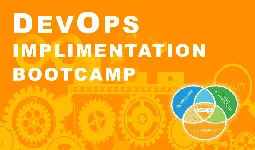
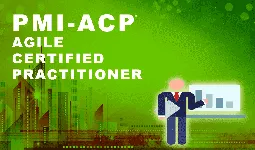
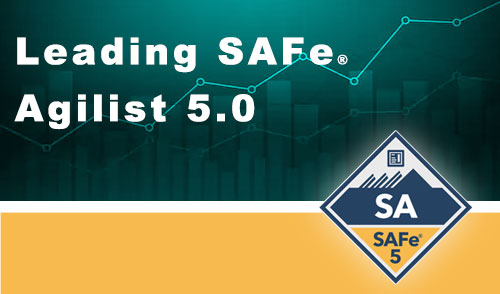
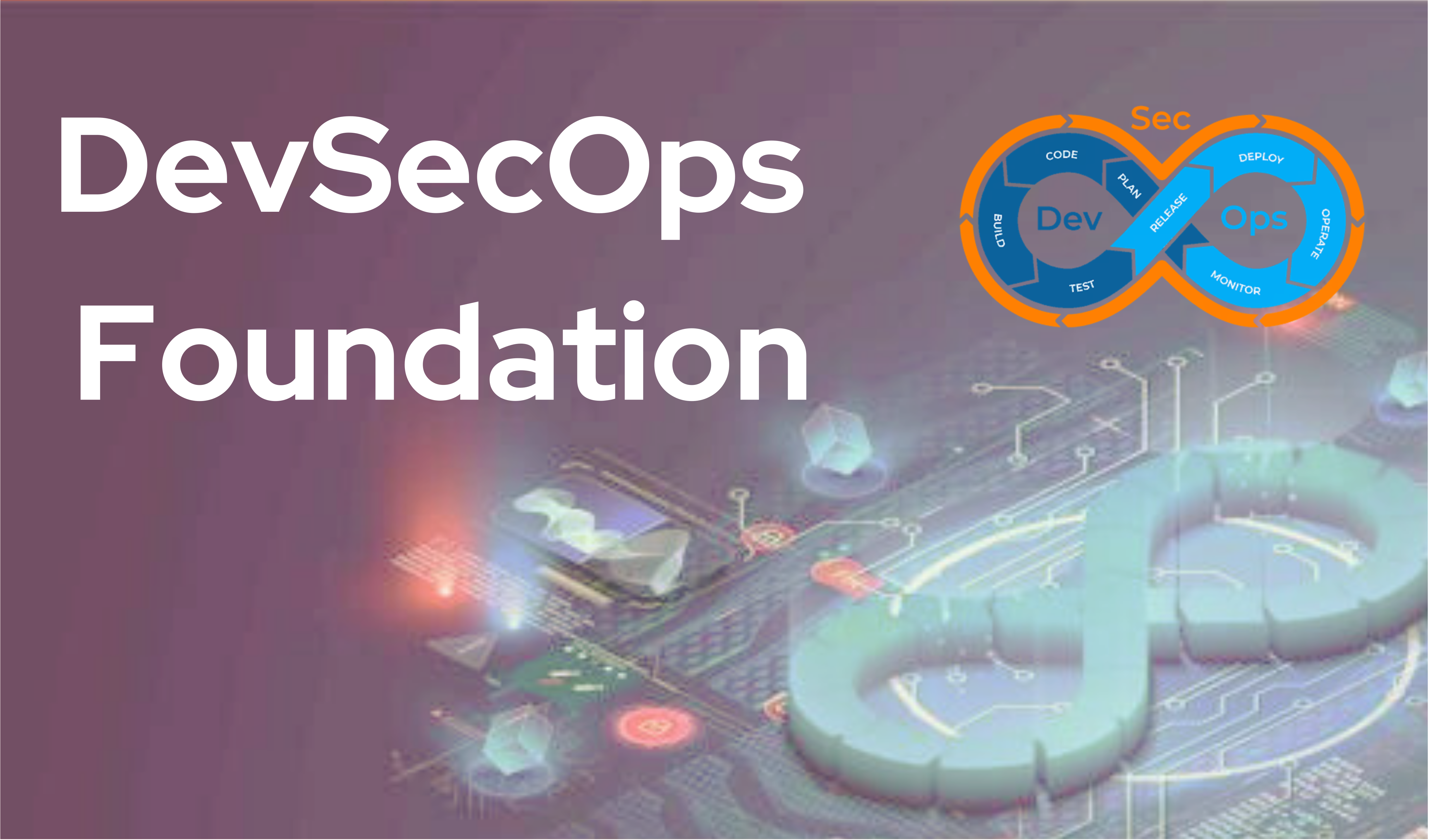

.webp)
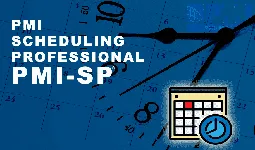
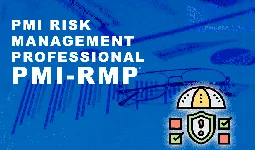

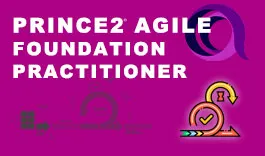

![Top Git Interview Questions and Answers [Updated 2024] Top Git Interview Questions and Answers [Updated 2024]](https://d2ds8yldqp7gxv.cloudfront.net/Blog+Images/416.webp)




